Classic Import
The option to start the import is called “Classic import”. It is available under Import in project menu > Start Import section > Classic import option.
The initial preparation process may take a moment or two. When successfully imported, Apptimized shows the Installation Source and Documentation / Instructions step.
Note. With this type of import, the user can skip loading the source. In this case, the user enters the application metadata manually. But, it should be noted that after the import step is completed, the user isn't able to perform actions on the workflow. Subsequently, the user can assign another user to the project, which downloads the source and perform actions on workflow.
Three options available to upload Installation Source:
- Upload application file from user's PC;
- Upload application file from the Internet;
- Upload application file from the file storage.
The Installation Source uploading progress displays as follows:
The upload time depends on the application's size. When each download of an application is completed, the user can start uploading another application. Five application uploads are available for one session.
Uploading Discovery Document is optional. A discovery document can be generated on previous sessions.
One discovery document upload is available for one session.
The Upload sources and discovery document step is finalised by clicking the Next button.
Apptimized shows the Metadata step when successful.
The process reverts to the previous step by clicking on the Upload sources and discovery document button.
To extract the application metadata automatically a user can select the main installer from the list on the left or can enter the metadata manually into the fields on the right. All required fields are marked with an asterisk *.
Note. Apptimized automatically extracts metadata from the following files: exe, msi, msix, msixbundle, appx, appxbundle.
The following metadata will be provided:
Table 1. Application metadata
|
Metadata |
Details |
|
Application ID |
The application ID is a unique identifier generated automatically for every application during its upload. Application ID provides application identification. |
|
Reference |
This field is optional and can stay blank. This field provides additional comments from a user to the Apptimized portal (i.e. internal application ID). |
|
Vendor |
This field defines the vendor name (i.e. Tim Kosse). This is a required field. |
|
Software |
This field defines the application name (i.e. FileZilla). This is a required field. |
|
Version |
This field defines the application version (i.e. 3.46.3). This is a required field. |
|
Language |
This field defines the application language (i.e. English (United States)). This is a required field. |
|
A previous version of an application |
This field defines if the previous version of the application is available in the portfolio. The default value is None, it is the first version of the application in the portfolio. A click opens a dropdown list to select the previous version of the application from the list. |
|
Enable Echo |
This option defines if Echo is needed to be enabled. The Echo is enabled by default. |
The prerequisites can be added by clicking on the Add prerequisites button. A prerequisite may be a specific application that must be installed before the target application.
A field "Select media type for …" is filled automatically can be changed if needed.
A prerequisite is added by clicking on the Save button. Apptimized shows the following notification when successful:
Current prerequisites can be changed by clicking on the Edit prerequisites button and by following the same set of operations as for adding a prerequisite.
The Metadata step finalizes by clicking on the Finish button.
A Transition screen for the application appears where the Workflow scheme and modalities for interaction with the application (namely discovery, packaging, testing) are available.



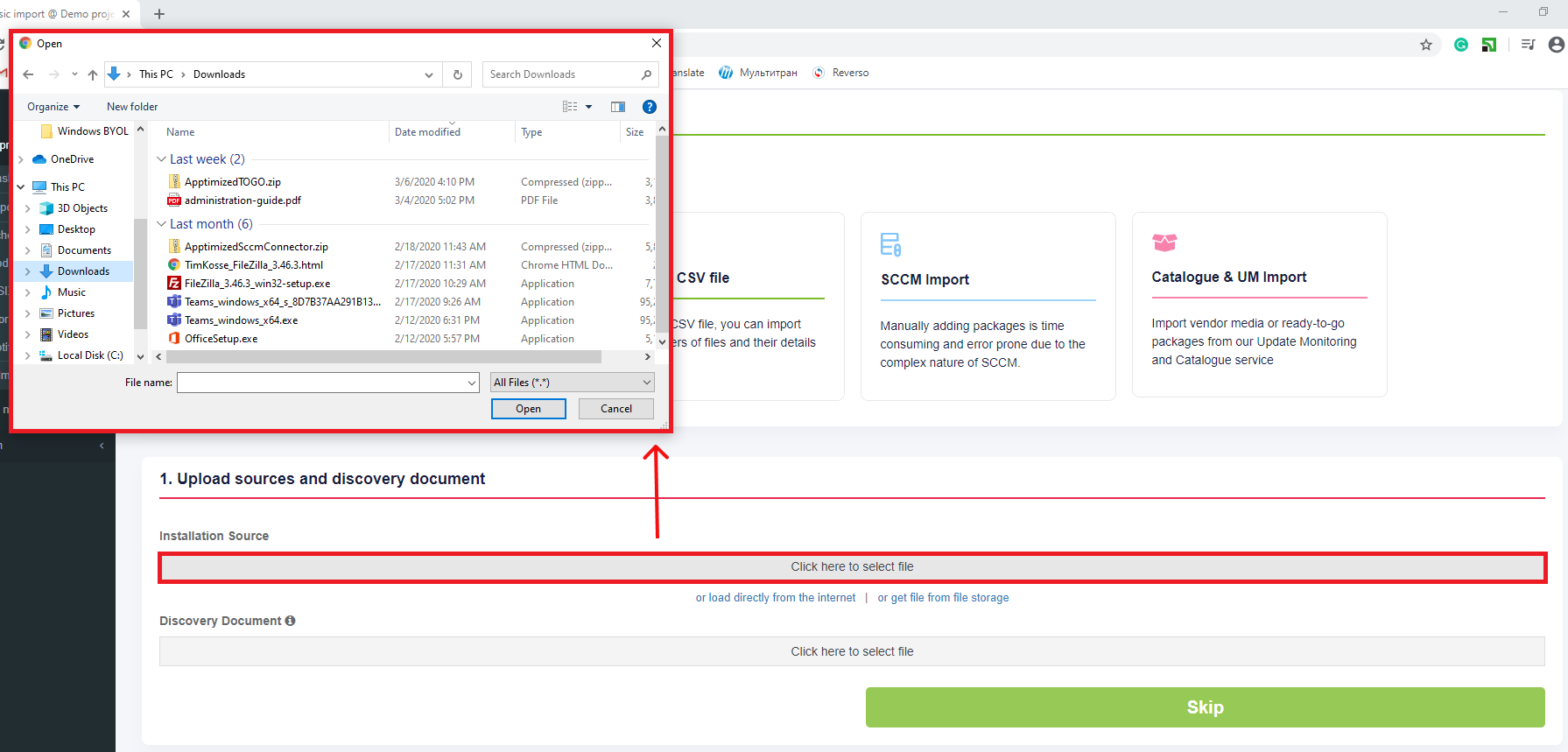
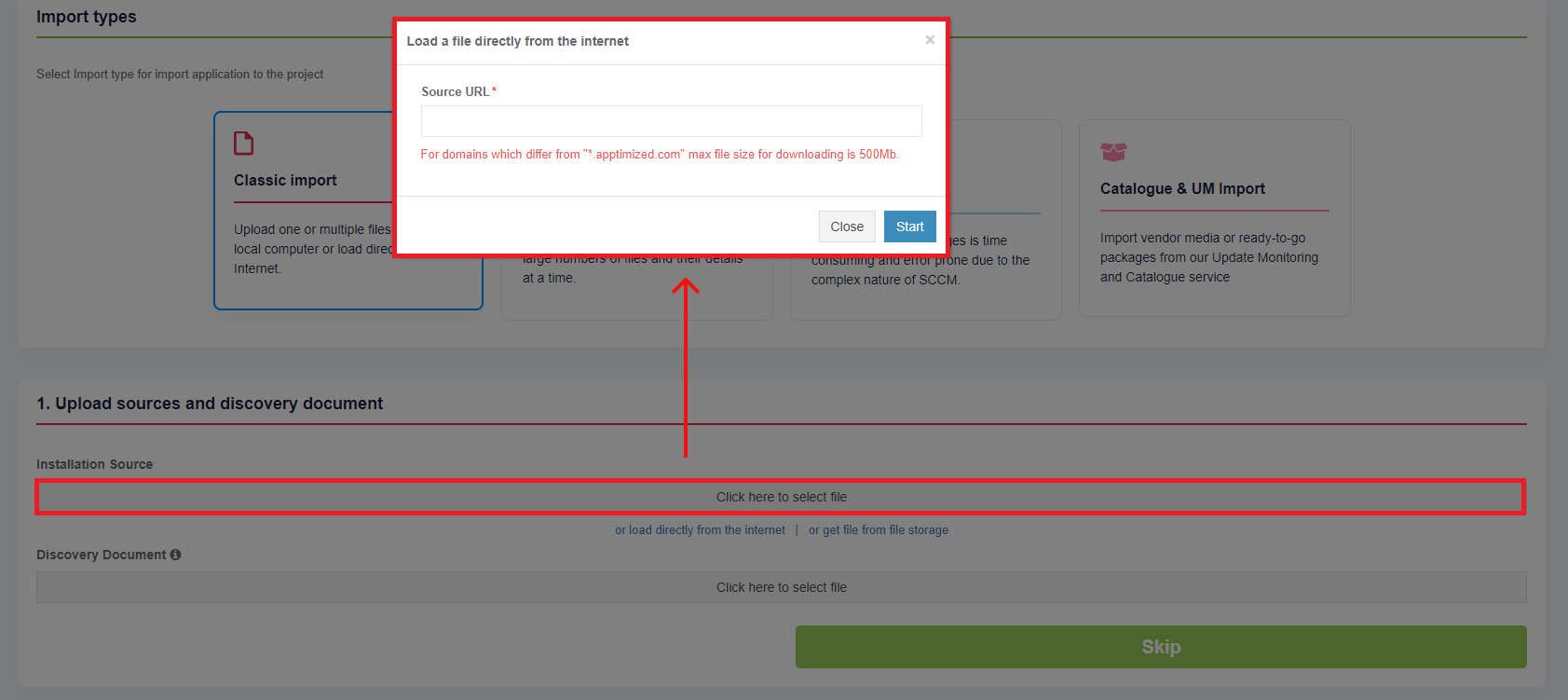
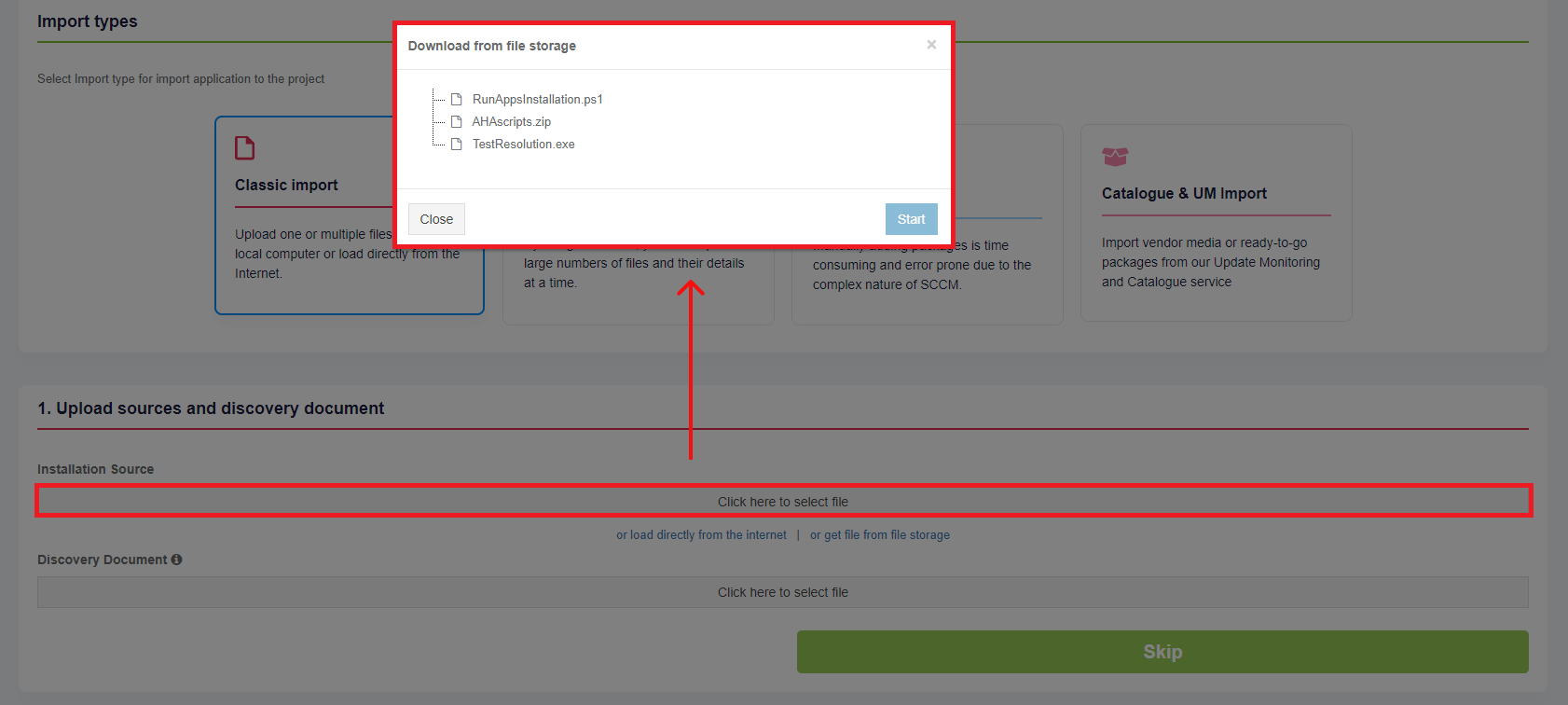

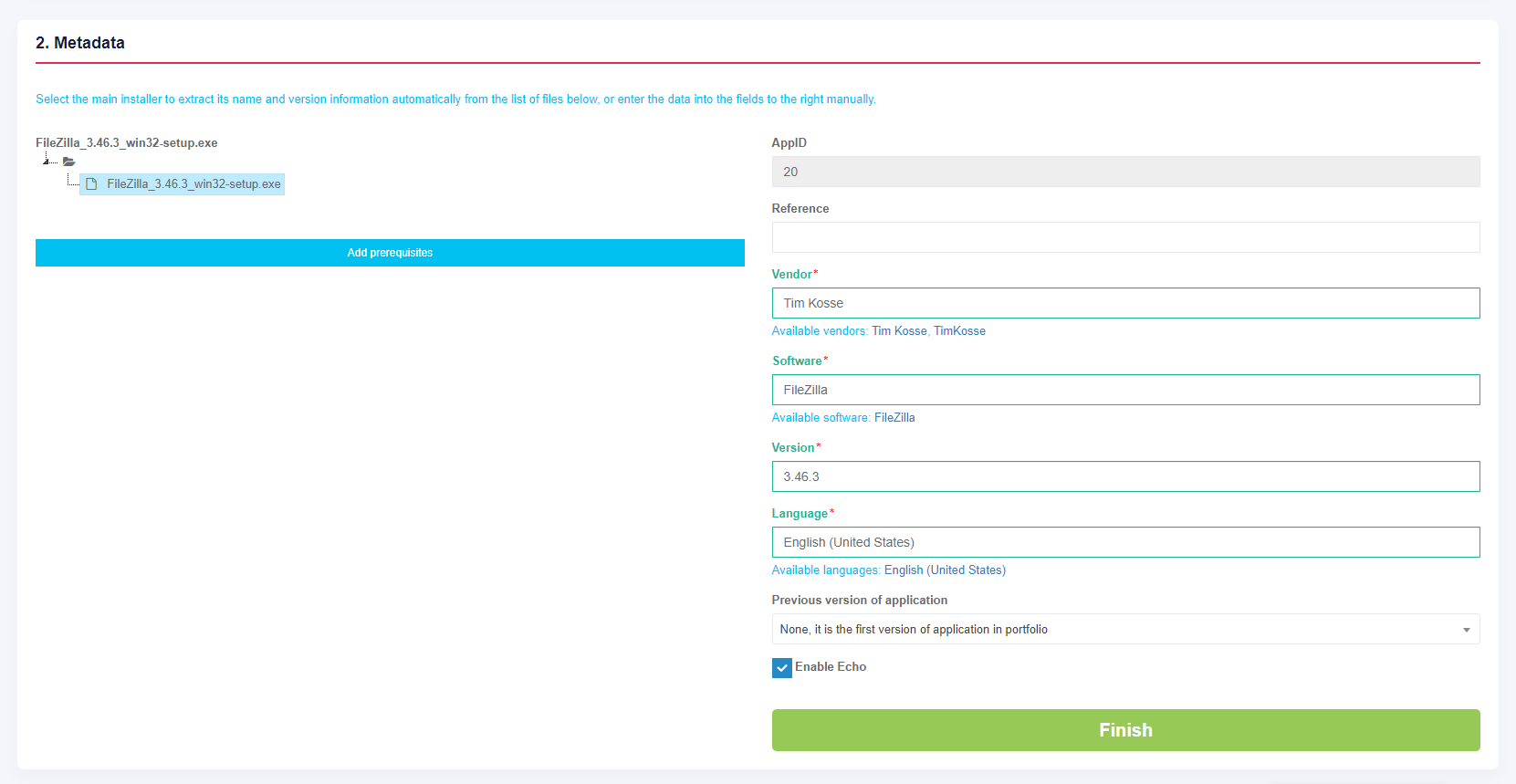

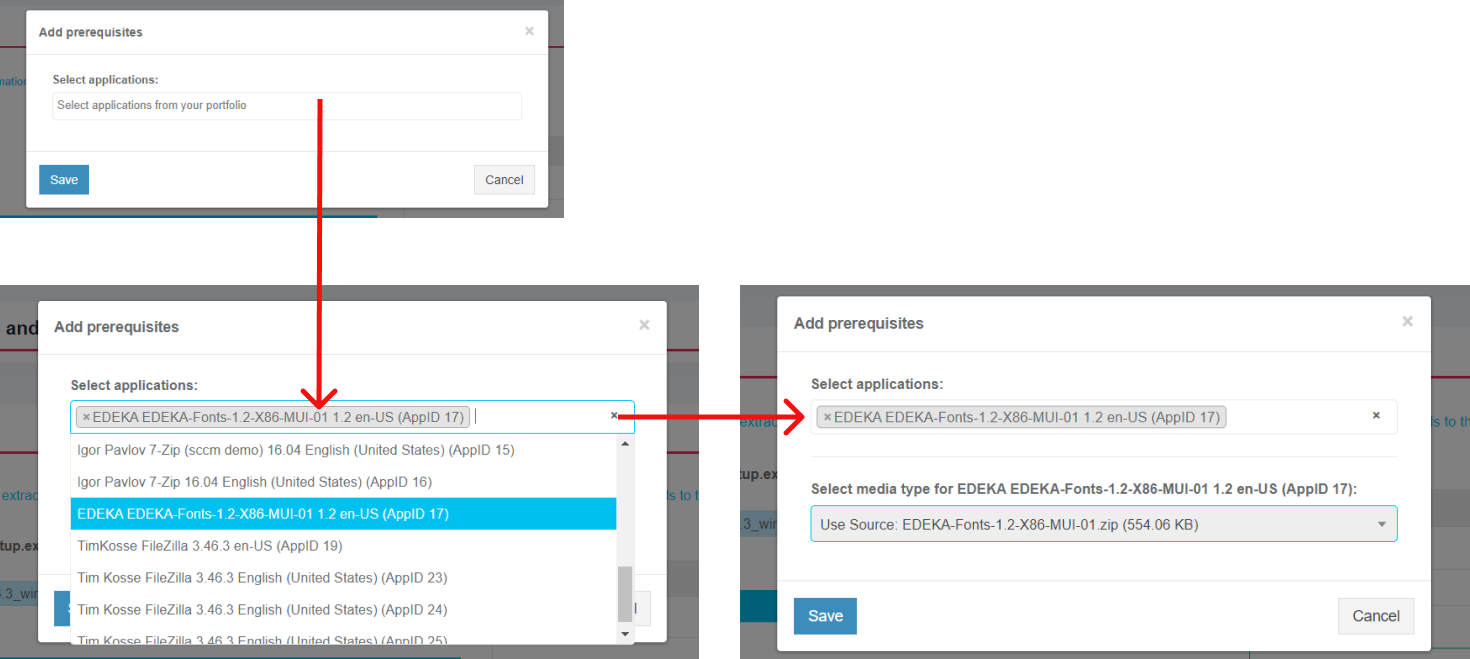



No comments to display
No comments to display